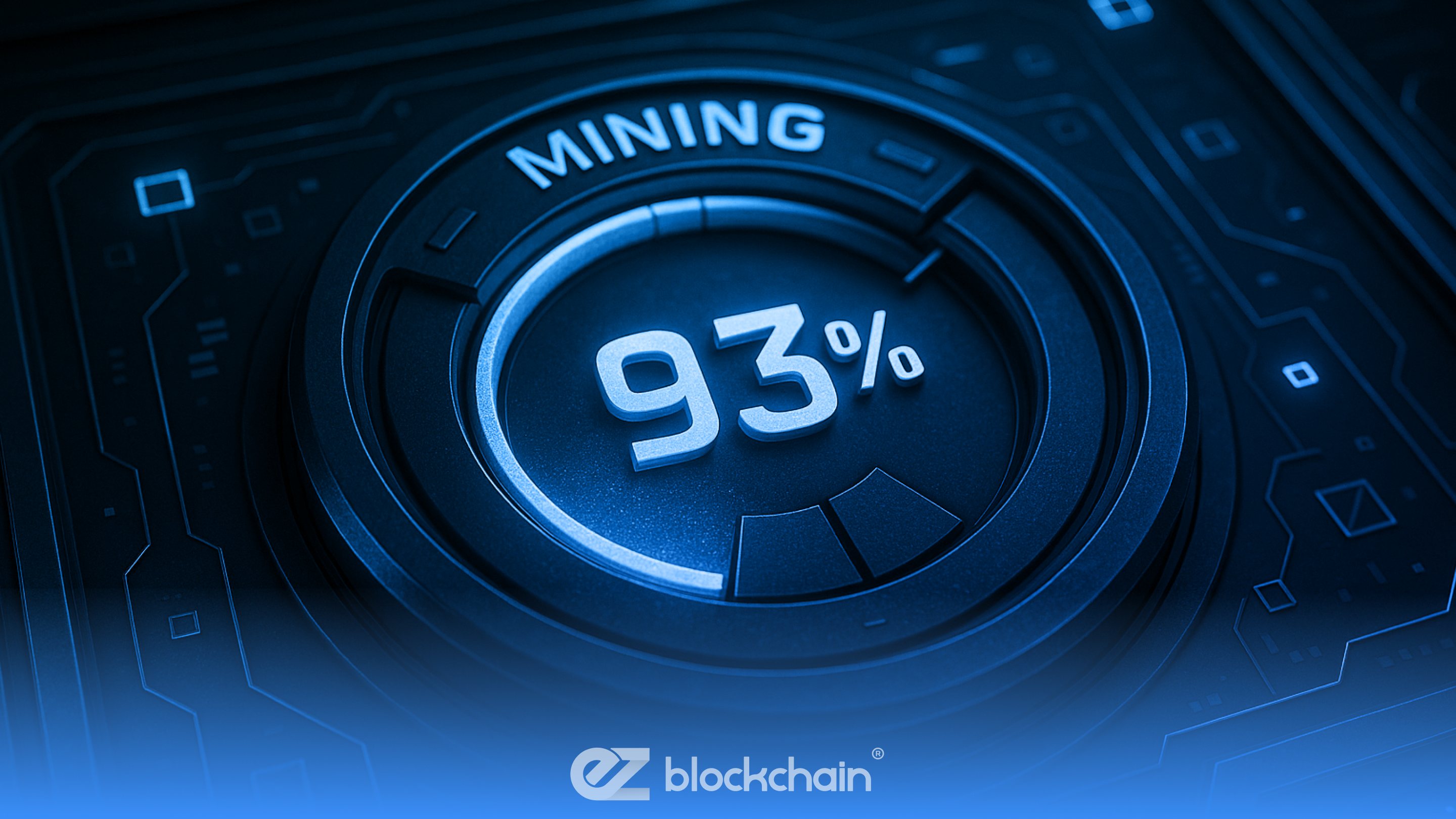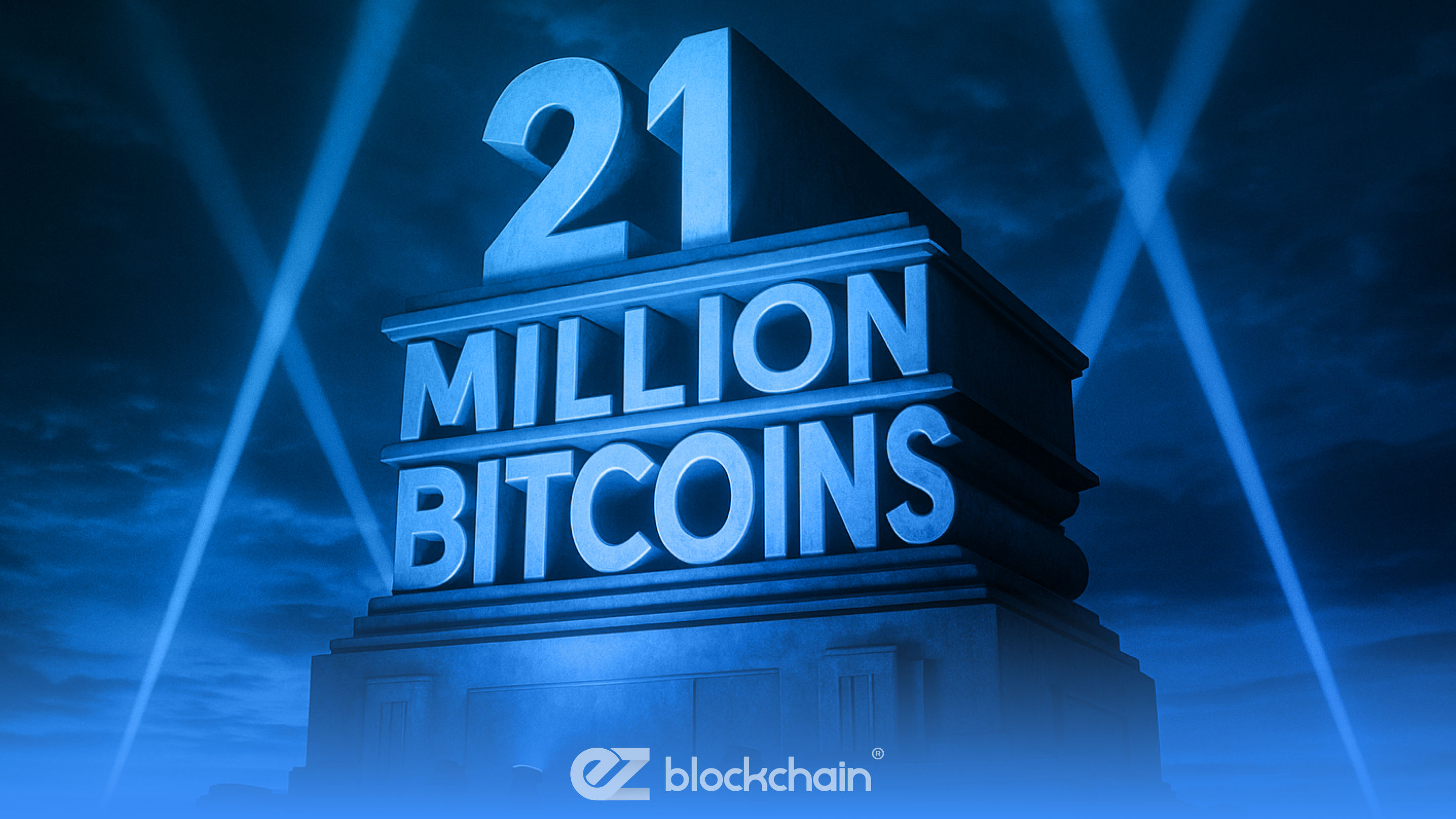Stay up to date with the latest news, announcements, and articles.
- What Are ASIC Miners and How Do They Work?
- The Role of ASICs in Cryptocurrency Mining
- Key Factors to Consider When Choosing an ASIC Miner
- Hash Rate: The Speed of Mining
- Energy Efficiency: Balancing Power and Cost
- Initial Cost and ROI Potential
- Noise Levels and Heat Management
- Comparing ASIC Miners: Popular Models on the Market
- Matching ASIC Miners to Specific Cryptocurrencies
- Where and How to Buy an ASIC Miner
- Start Your Mining Journey withEZ Blockchain
Below is the expert guide and comparison of the most profitable ASIC miners to help you select the highest-performing machine for your particular needs and set up a rig that will pay off.

What Are ASIC Miners and How Do They Work?
Initially the next step in the evolution of purely GPU-based miners, ASICs were introduced as separate, dedicated machines for computing selected hashing algorithms (like SHA-256 for BTC and Scrypt for altcoins). This narrow focus on handling one task via a highly optimized hardware is what makes such rigs extremely efficient at doing their job.
On the flip side, more universal in their nature and inherently inferior to ASICs, GPU miners just couldn’t handle the ever-growing mining competition. GPUs, although responsible for graphics processing above all, can be used for a great variety of tasks and repurposed for other applications.
ASICs, on the other hand, are purpose-built, and they push their target tasks to the maximum capacity by lining up all of their resources and computing power for those tasks.
The Role of ASICs in Cryptocurrency Mining
The maximum top-end hash rate power achieved by GPU is ~265.82 MH/S, with the RTX 4090 demonstrating up to 320 MH/s in some networks, but only when overclocked and depending on the chain’s configuration.
This is not even close to the fastest miners for Bitcoin available today. And even for altcoin mining, which requires a principally lower level of hashrate power, there are ASICs like the below-described Antminer L9, reaching up to 16 GH/s and more in the Scrypt algorithm.
Designed and built specifically for purpose-led crypto coin mining, ASICs give us unmatched hash rates, specially optimized energy usage, and faster payback than most other methods of acquiring cryptocurrency.
The only potential downside is that they can cost accordingly, require maintenance, and need to be used with some basic knowledge.
Key Factors to Consider When Choosing an ASIC Miner
No matter the ASICs specifics, we will help you choose the most profitable ASIC miner you can get for your case and purpose. Just make sure to base your final decision on these main criteria:
Hash Rate: The Speed of Mining
Above all else is the inherent mining capacity of an ASIC. A higher hash rate means higher chances of solving blocks and earning rewards, i.e., profits, in the network. And as the difficulty of mining in chains gradually grows, we need higher hash rates still.
This characteristics is indicated in:
- Tera-hashes per second aka TH/s for SHA-256 miners.
- Giga-hashes per second aka GH/s for Scrypt miners.
Energy Efficiency: Balancing Power and Cost
Not least important for achieving all-around profitability of your operations is the ratio of energy consumption. The less energy used per operation, the better. If a miner eats up too much, the whole operation may not just sufficiently pay off.
The mining’s energy efficiency is indicated in:
- Joules per Terahash bitcoins.
- Joules per Gigahash for altcoins.
Initial Cost and ROI Potential
Of course the purchase price means a lot, but with ASICs, make sure to also consider shipping, duties, and your local electricity rate. You can calculate a break-even mining time based on the chain difficulty, coin price, and energy costs.
Noise Levels and Heat Management
ASICs run loud — often as loud as 70‑76 dB. They also generate loads of heat. This is why you can afford to use only a proven model with optimized heat output and airflow as well as a cooling system that’s no louder than 85 dB at best.
Comparing ASIC Miners: Popular Models on the Market
WhatsMiner M50S++
First off, this baseline SHA-256 miner delivers an ultimate performance-output balance, which manifests in a high hash rate of about 160 TH/s at energy efficiency of ~22 J/TH, with relatively moderate power consumption at ~3.5 kW and manageable noise levels (75 dB at max). But the best thing about M50 S++ is its compact size, making it a nearly perfect entry option for starting out miners who still expect to go big if the chance appears.
Specs:
- Algorithm: SHA-256
- Hash rate: ≈ 160 TH/s
- Power: ~3300 W
- Efficiency: ~21–22 J/TH
- Noise: 75 dB; dual-fan air-cooled
_________________________________________________________________________
The base model of Antminer’s S21 provides a solid middle-ground option for truly energy-efficient Bitcoin mining. Namely, it offers around 200 TH/s of mining power at 17.5 J/TH in full-power mode. Apart from that, this is an excellent low-power ASIC miner, with a low‑power mode making your rig run at ~160 TH/s at ~2,600 W. This improves efficiency to ~16.4 J/TH and saves you tons of money in the long run. The only downside of this one is the noise level, reported by users to be higher than previous generations like S19.
Specs:
- Algorithm: SHA-256
- Hash rate: ~200 TH/s
- Power: ~3500 W
- Efficiency: ~17.5 J/TH
- Noise: 75–80 dB
_________________________________________________________________________
A top-tier air-cooled option with strong ROI potential and excellent heat dissipation, boasting the energy efficiency of 14.2 J/TH and higher, with a ~250 TH/s hash rate and ~3.5 kW draw. The Pro model stands out in that it stays compatible with single-phase power setups, making it a more cost-efficient option in general. Still, it is a step-up from the basic S21, which makes it a serious investment for long-term profitable mining.
Specs:
- Algorithm: SHA-256
- Hash rate: 234 TH/s
- Power: ~3500 W
- Efficiency: up to 15 J/TH
- Noise: 76 dB; quad fans
_________________________________________________________________________
A high-performance miner ideal for high-budget operations that prioritize maximum throughput possible. The XP model pushes the mining power to ~270 TH/s with a ~13.5 J/TH efficiency, but draws more power (~3.6 kW) and is on a heavier side (~18.7 kg). This is the pinnacle of the Antminer S21 series, which goes best for enterprise-grade operations. One notable limitation in this one — there’s no official low‑power mode and quite restricted firmware support.
Specs:
- Algorithm: SHA-256
- Hash rate: 270 TH/s
- Power: ~3600 W
- Efficiency: 13.5 J/TH
- Noise: 76 dB; quad fans
_________________________________________________________________________
L9 is one of the most profitable crypto miners to mine altcoins, especially Litecoin and Dogecoin, with overall performance tuned for Scrypt-enabled altcoin mining nuances. This Antminer delivers ~16–17.6 GH/s of mining power while consuming ~3.3 kW, yielding ~210 J/GH (~0.21 J/MH) for coins like Litecoin and Dogecoin. The noise is moderate at the standard ~75 dB. Bottom line, the top choice for altcoin mining in existence yet.
Specs:
- Algorithm: Scrypt
- Hash rate: ~16 GH/s (Scrypt)
- Power: ~3300 W
- Efficiency: ~0.21 J/MH
- Noise: 75 dB; quad-fan
_________________________________________________________________________
Powerful and reliable right out of the box, this is a specially designed SHA‑256 miner with turbo hash rate of up to 260 TH/s and the resulting efficiency of around 16 J/TH. One of Auradine’s main selling points is that this machine is U.S.-engineered, making it a market challenger that’s targeting miners seeking non‑Chinese hardware alternatives. This Teraflux has higher power usage, though, at ~4.16 kW, so consider that as well.
Specs:
- Algorithm: SHA-256
- Hash rate: 260 TH/s (Turbo mode)
- Power: ~4100 W
- Efficiency: 16 J/TH
- Noise: 70 dB
Matching ASIC Miners to Specific Cryptocurrencies
Whether you’re looking for the fastest Bitcoin miner, the most accessible altcoin rig, or the most energy-efficient machine, it’s all a matter of comparison:
| Model | Algo | Hash Rate | Power Draw | Efficiency | Price |
| WhatsMiner M50S++ | SHA-256 | ~160 TH/s | 3360 W | ~22 J/TH | ~$4,000 |
| Antminer S21 | SHA-256 | 200 TH/s (full power) | 3551 W (full power) | ~17.5 J/TH | ~$4,200 |
| Antminer S21 Pro | SHA-256 | 250 TH/s | 3510 W | ~14.2 J/TH | ~$5,800 |
| Antminer S21 XP | SHA-256 | 270 TH/s | 3645 W | ~13.5 J/TH | ~$8,100 |
| Antminer L9 | Scrypt | 16–17.6 GH/s | 3369 W | ~210 J/GH | ~$10,150 |
| Teraflux AT2880 | SHA-256 | ~260 TH/s (Turbo) | 4160 W | ~16 J/TH | Ask vendor |
Even though some miners have lower specs than others, each fits specific use scenarios, conditions, and budgets to the best of their ability. Choose your miner based on your goals:
- For maximized hash rate: S21 XP (~270 TH/s) or S21 Pro (~250 TH/s).
- For energy efficiency: S21 XP (~13.5 J/TH) leads efficiency, followed by S21 Pro.
- For lower power: Base S21 in low-power mode (~160 TH/s @ ~16 J/TH).
- For altcoins (LTC/DOGE): Antminer L9 is a state-of-art device created to mine Scrypt-based altcoins only.
- For avoiding Chinese hardware: Teraflux AT2880 can be a good compromise when seeking power at a cost.
Where and How to Buy an ASIC Miner
There are a couple of ways you can find and purchase a brand new BTC ASIC miner or a machine for mining altcoins:
- Authorized dealers: EZ Blockchain, Antminer Distribution, WhatsMiner directly
- Marketplaces: CryptoMinerBros, ASIC Marketplace for used or in-stock options
But first, you’ll need to decide which ASIC you need exactly. Here’s a quick choosing guide:
- Decide what coin to mine with ASIC first:
- BTC/BCH/BSV → SHA‑256
- LTC/DOGE → Scrypt
- Set your budget and check ROI: higher hash rates cost more but can pay off faster with affordable electricity rates.
- Compare efficiency (J/TH): higher J/TH is better for immediate profits, lower J/TH is better for long-term cost control.
- Prepare a place: miners can be loud and very hot, so pick a place beforehand.
When ordering a brand new ASIC, make sure also to:
- check the providers terms and conditions
- learn about the ASIC’s warranty
- clarify the delivery time
- count in importer duties (if any)

Start Your Mining Journey withEZ Blockchain
Need assistance with setup planning, equipment sourcing, and miner hosting? Contact EZ Blockchain for a selection of the top rigs, individual ROI calculation, and mining operation guidance.
Fill out a form and our bitcoin mining expert will contact you.
FREE CONSULTATIONchoose
a miner
profit and
understand data?
business remotely
with EZ Blockchain?
Fill out a form and our bitcoin mining expert will contact you.









